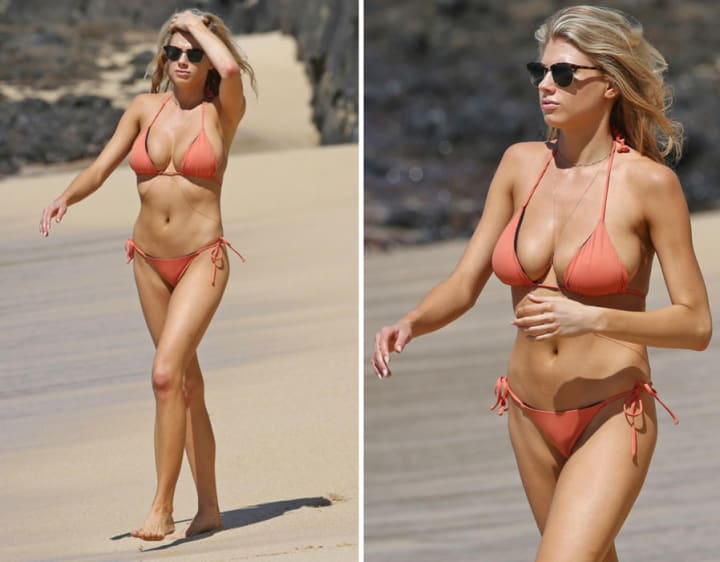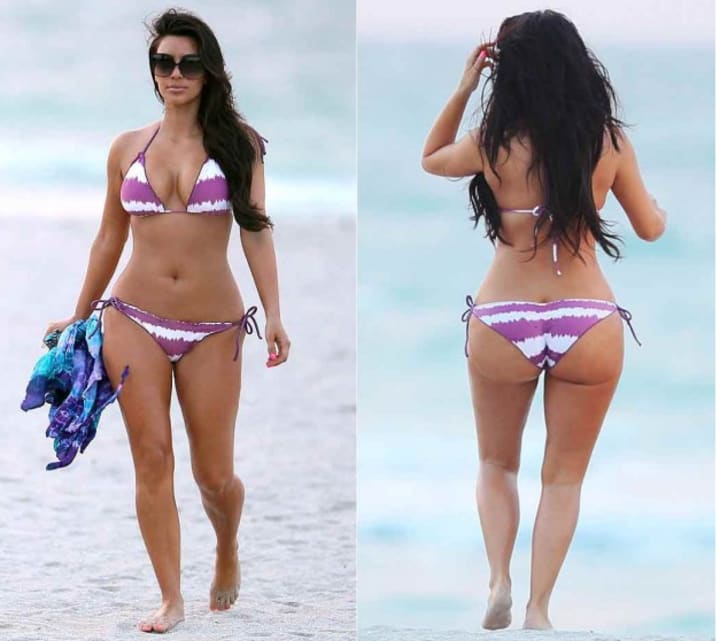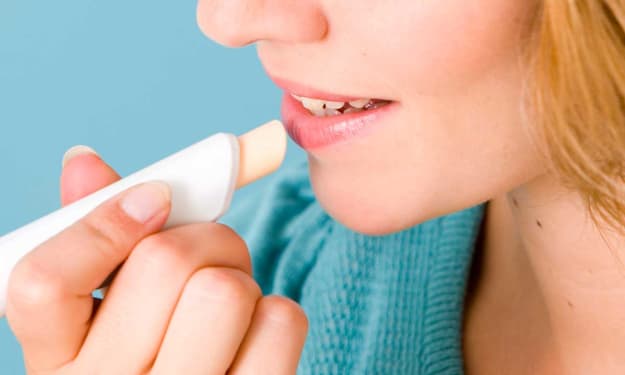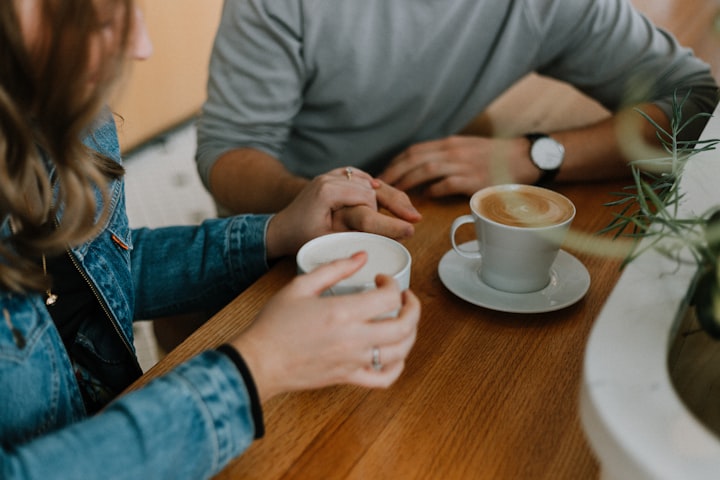Fat Cell Boob Jobs Are the Future
But What Do I Know

To the best of my knowledge, and after hours of research, it appears Kate Upton is a natural beauty with natural breasts. Not all people are equally blessed, and while beauty is in the eye of the beholder, there are almost half a million breast augmentation surgeries performed every year in America alone.
People undergo breast augmentation surgery for numerous reasons. They may need a new breast after a mastectomy. They might simply want larger breasts, or want breasts to begin with, or they might want smaller breasts, but require some kind of implant to reshape the breast.
The idea, I think, is to provide a breast that looks and feels natural, while securing the patient’s health. To date, there are two kinds of implants approved for use in the United States: Saline-filled and silicone gel-filled. Both types have a silicone outer shell.
Both types blatantly appear fake.

According to Wikipedia, the modern breast implant was implemented in 1963. The Cronin–Gerow model was a silicone rubber envelope-sac shaped like a teardrop, which was filled with viscous silicone gel.
In the 1970’s, medical advancements led to a thinner shell and a filler gel of low-cohesion silicone, which improved the functionality, appearance, and mimicked the overall feel of natural breasts. Unfortunately, silicone breast implants were discontinued due to potential health risks posed by 2,4-toluenediamine, a carcinogenic by-product of the chemical breakdown of the polyurethane foam coating of the breast implant.
In the 1990s, cosmetic surgeons implemented high-strength, highly cohesive silicone gel, which often eliminates silicone gel bleed and the migration of the filler. Saline implants, however, were introduced in France in 1964 and resulted in very few complications even after rupture.
The saline implant is supposed to be safer, and should a rupture occur, the saline solution is not harmful to the patient. It’s absorbed by the body. Nevertheless, the envelope-sac, which holds the saline is still made of silicone.

Now, I’m no genius. Okay, I kind of am, but I never understood why breast implants aren’t made of the person’s own fat cells.
I know what you’re thinking; the body will absorb those fat cells, and injecting fat cells into a breast might make the breast larger, but it won’t reshape the breast.
There's an article on the American Society of Plastic Surgeons' site, which relates a clinical trial regarding fat cell transfers, but I seriously believe their approach is flawed... but what do I know, right?
I get it. First of all, not all breast surgery is breast augmentation. Sometimes, due to a mastectomy, a breast is removed, and the patient requires a new breast to be formed. Then, the remaining breast, if there is one, requires surgery to provide a natural and balanced appearance.

Sometimes, people require breast surgery to reduce the size of the breast, and it also needs to be reshaped afterwards, because skin has been stretched. Breast surgery patients want a natural, balanced look after all. Regardless, since both the silicone gel implants, and the saline implants utilize a silicone envelope-sac, there is absolutely no reason that a person who will undergo surgery can’t be advised to gain weight in order to harvest fat cells.
Fat cells can then be placed inside the very same silicone envelope-sac, but what do I know, right?
In the event of a rupture, that person’s own fat cells will spill into the pocket, which won’t be hazardous to health. The breast will have a pleasant appearance. The breast will have a natural feel. The breast will also have a natural jiggle—all the goals of the fat transfer technique.
No one would be able to distinguish a fat filled implant from a God-given breast, and rather than parading around with that water balloon look and feel from gel and silicone implants, breast surgery patients could have perfectly natural breasts by utilizing their own fat cells.
Suck some chunk out of that booty or tummy. Place it in a silicone envelope-sac, and then perform the surgery. I mean, it isn’t that novel of a concept, is it?
It’s 2019. We’ve seen innumerable medical advances. Doctors have injected immune-stimulating agents into solid tumors in order to cure cancer. Doctors are injecting botulinum toxin into faces in order to help people appear younger; they use that same toxin to help curb migraines. Doctors have been replacing vital organs for years, and they can’t come up with a natural breast?
No one thought of harvesting a person’s own fat cells and then containing them in an approved silicone envelope-sac? Seriously? I mean, just imagine the natural, beautiful breasts and butts we could all have with this concept.

Serious question, here, to anyone considering breast surgery: Would you be willing to spend a few months putting on the pounds if you knew that they would be removed, and you would get natural breasts from your efforts? Would you be willing to have your fat cells implanted in your chest if you knew it was nearly 100 percent safe?
We have the medical technology to create fat cell implants, but what do I know, right?
It saddens me that everyone in the world, no matter how educated or how intelligent, blindly follows their predecessor. It’s like no one out there can think for themselves. No one stops for a moment to think: How else can this be done? People just do what they do, because they’ve been taught that’s how it’s done, but there are always other ways, other methods. That’s why I write these What Do I Know articles.
My initial assumption about every idea, every concept, is that it’s wrong. Then, I do research to prove that it’s wrong, and only once I find that I can’t disprove the idea do I accept it.
I want everyone to doubt their knowledge. Only once we doubt our idea of the world can we devise new ways to improve it.
A long time ago, Copernicus doubted that the sun revolved around the earth. A long time ago, Columbus doubted that the world was flat. We need to doubt our idea of the world today more than ever before because there is just too much misinformation circulating the web, and the web is what we all use to uphold our idea of the world. That idea is wrong, but what do I know, right?
I mean, I’m sitting here, in my recliner, watching Julie Scardina talk about the nene while thinking about breasts.

This is my life; writing, birds, and breasts, but I have a brain. I have a mind, and I use it.
“What if they’re wrong?” That’s the question everyone needs to be asking, but what do I know, right?
Alright, enough complaining from me. I'm sure that in a few years someone will realize that fat transfer and silicone implants go hand-in-hand. Thanks for reading. If you like thinking, if you like approaching reality with a fresh perspective, read more of my What Do I Know articles. You can find them at StoriesbyDennis.com.
About the Creator
Aaron Dennis
Creator of the Lokians SciFi series, The Adventures of Larson and Garrett, The Dragon of Time series, and more.






Comments
There are no comments for this story
Be the first to respond and start the conversation.